Dreadlocks, also known as ‘dreads’ or ‘locs,’ is an extremely low-maintenance hairstyle popular among black women. For the longest time, conventional locs were considered permanent unless one decided to cut them off. However, in recent years, Stylists have adopted techniques that incorporate conditioners and water to pick out and untwist dreadlocks.
What are dreadlocks?
Dreadlocks are a hairstyle that knots and mates together to form locks. Unlike natural hairstyles, which require regular maintenance, dreadlocks do not require combing or brushing the hair. They form over time, often several weeks or months, depending on an individual’s hair type. Occasionally, one can maintain the dreadlocks through root separation and palm rolling to keep them healthy and neat.
The History of Dreadlocks: Where did Dreadlocks Originate?
Dreadlocks history is linked to the Jamaican Rastafarian culture. The Rastafarian movement started in the 1930s as Rastafarians adopted the dreadlock hairstyle to connect to their African heritage and resistance to oppression and Western colonization (Aïnouche, 2018). Rastafari promotes the belief that all individuals are divine and able. However, Jamaicans were not the first individuals to adopt this hairstyle.
The origin of dreadlocks dates back many years to various ancient lands. For instance, in Egypt, mummies were discovered with dreadlocks style. Besides, dreadlocks are documented in Roman and Greek culture and are referred to as Jata or Greek locks. Dreadlocks are also linked to India; they were worn as a symbol of Sandu’s worldly possessions. The hairstyle was also worn in Africa among various tribes to symbolize various aspects. Today, individuals wear dreadlocks to express themselves and tie to their rich cultural heritage.
How are Dreadlocks Achieved?
Interlocking method
Interlocking is one of the most popular dreadlocks in solution styles. The interlocking method is achieved by pulling the ends of one’s natural hair through the base or, rather, the roots in order to create a knot. It is often used for re-tightening and maintaining existing dreadlocks
Palm rolling
The palm rolling method is especially common if you’re starting your dreadlocks journey. It involves rolling a section of the hair through the palms to create interlocked hair.
Freeform Dreadlocks
These dreadlocks are achieved by allowing your hair to tangle and grow naturally without combing or manipulating it. If you are looking for an organic and natural look, the freeform method is the way to go.
Backcombing
If you want to achieve tight and uniform dreadlocks, the backcombing method is the most conducive for you. It involves combing the hair against your natural hair growth. Most individuals use the backcombing method if they want to achieve volume and texture in their hair.
Types of dreadlocks
Faux locs
Faux locs, also known as false dreadlocks, are a temporary form of dreadlocks. With faux dreadlocks, synthetic hair is wrapped around one’s natural hair strands to create a look similar to conventional dreadlocks. With faux locs you can enjoy dreadlocks without the commitment required to sustain them.
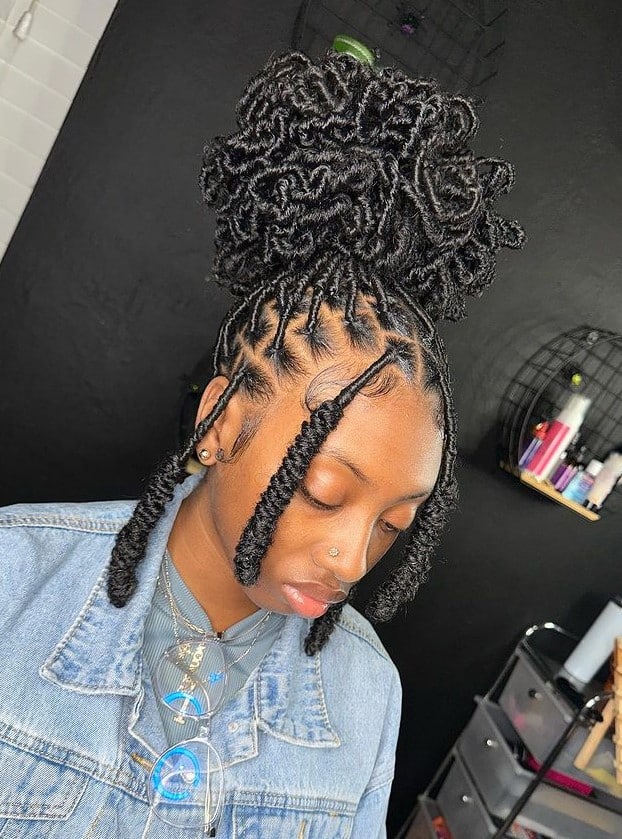
Sister locs
Sister locs, also commonly known as micro locs, are a variation of dreadlocks that are finer and smaller in size than conventional dreadlocks. They are created using a special technique and tool and require regular maintenance. Here is a full article on how to achieve sister locs and the various hairstyles that you can rock with this style.
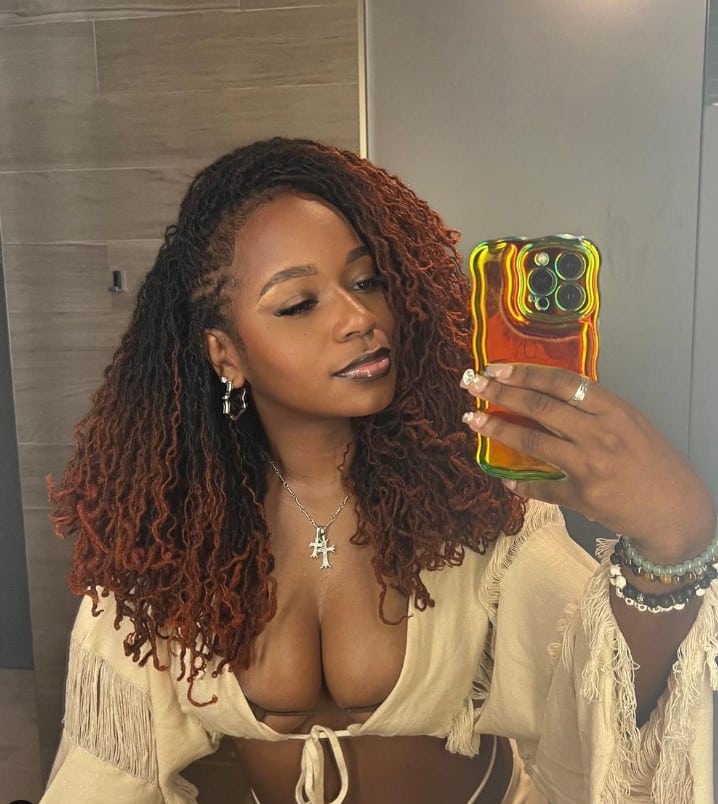
Beginner Short Dreadlocks Styles for Ladies
For black women dreadlocks styles, there are plenty of options that are both stylish and easy to maintain, especially for beginners with short hair. I have written an entire article where I talk about starter locs and all you need to know about starting your dreadlocks journey. But for this article, here are a few ideas:
- Starter Locs: These are beginner dreadlocks, often started with twists or braids. They are small and manageable, perfect for beginners.

2. Two-Strand Twists: A simple and elegant style where the hair is twisted in sections. As the hair grows, these twists will naturally form into dreadlocks.
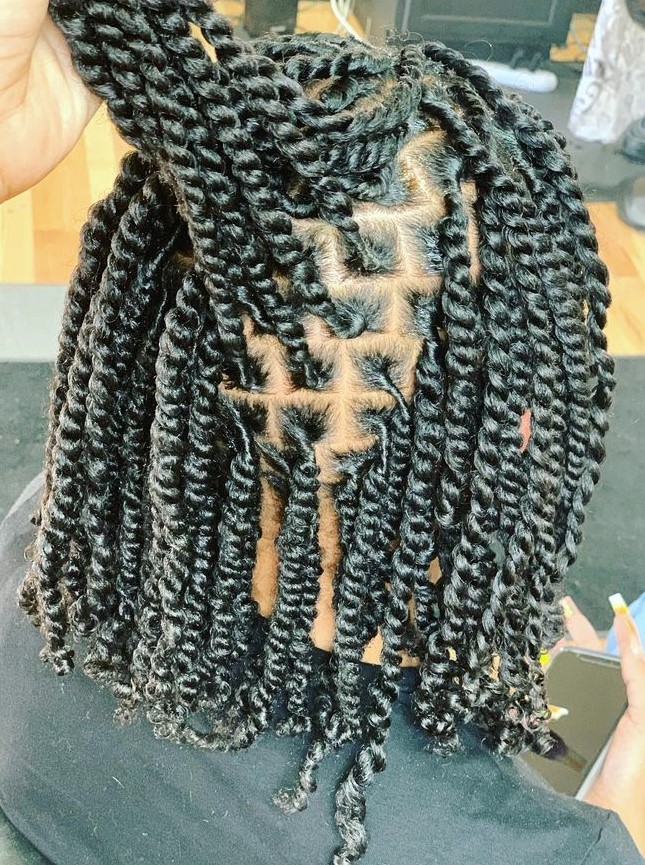
3. Comb Coils: Using a fine-toothed comb, small sections of hair are coiled tightly to form the beginnings of dreadlocks. This neat style works well for short hair.
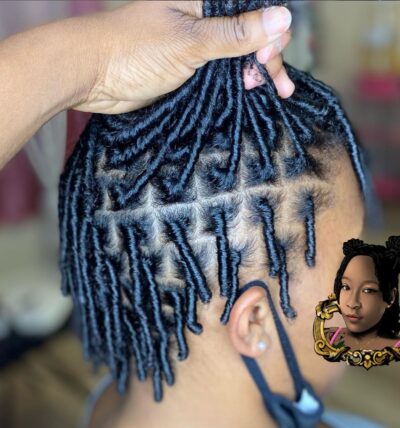
Dreadlock Hairstyles / Styles You can rock
Here are a few variations of dreadlock styles that can inspire your look:
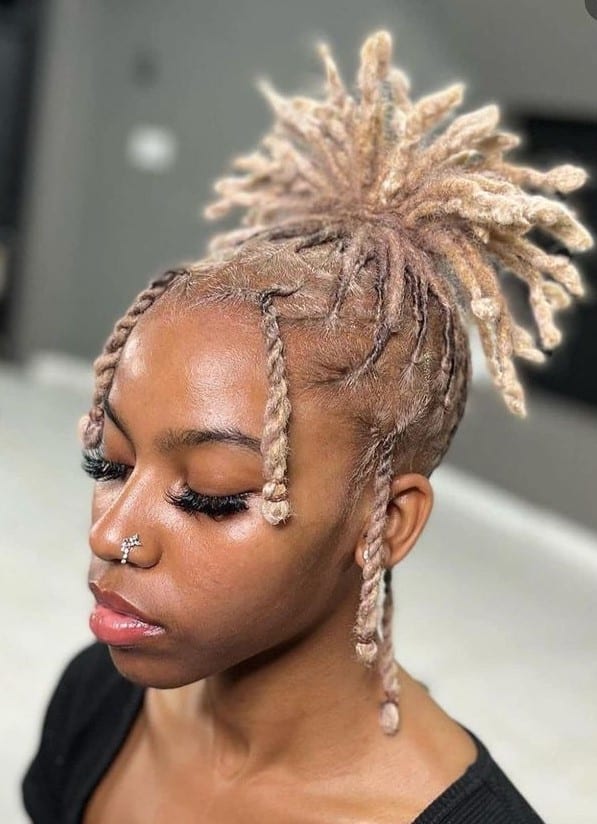
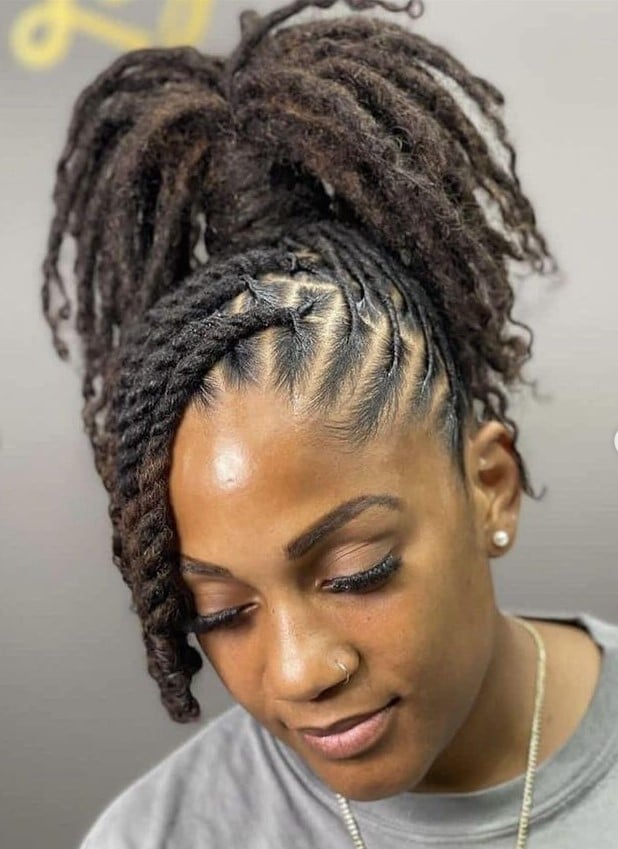

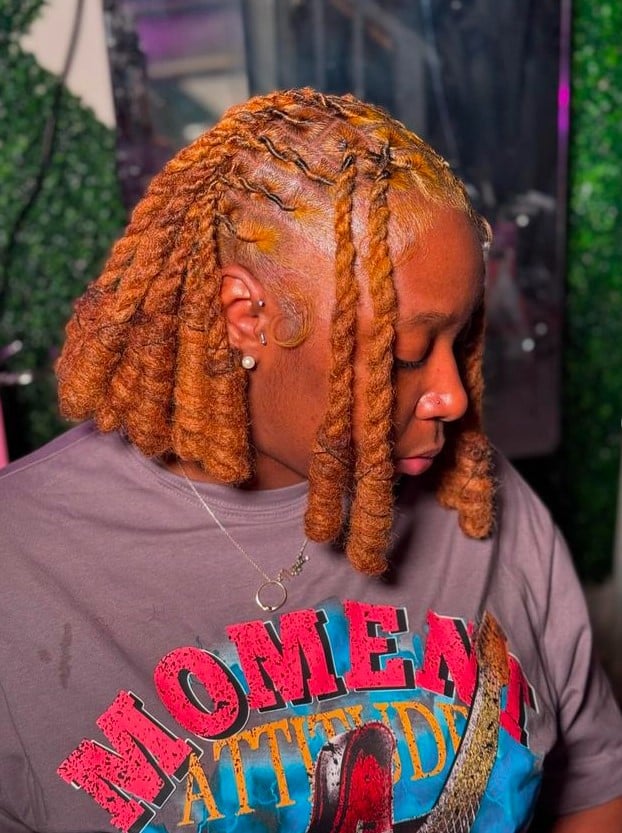


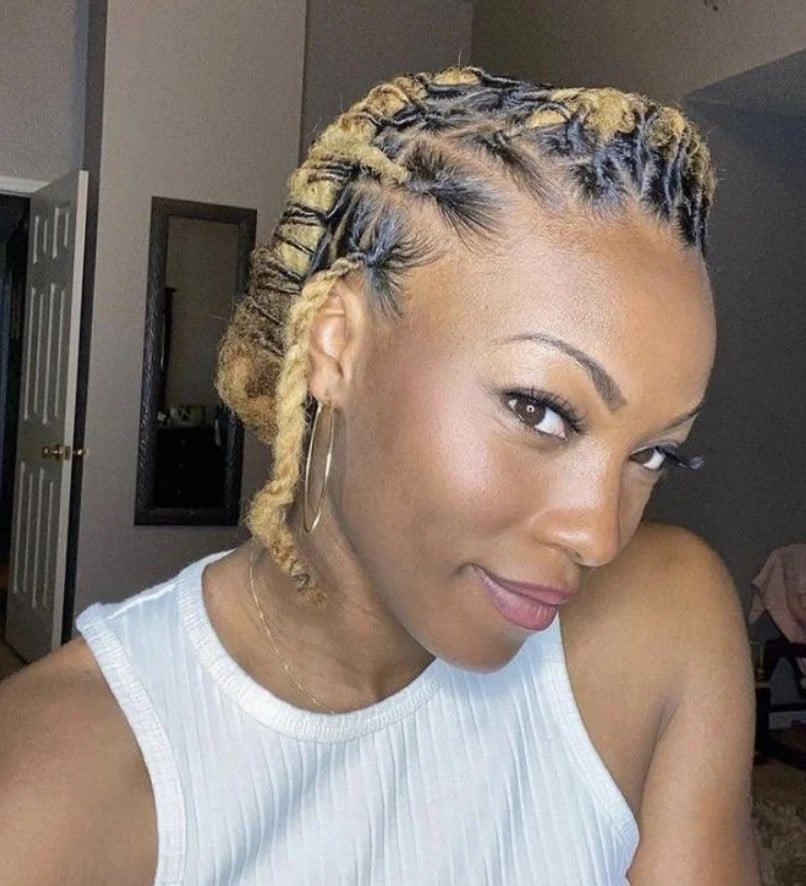
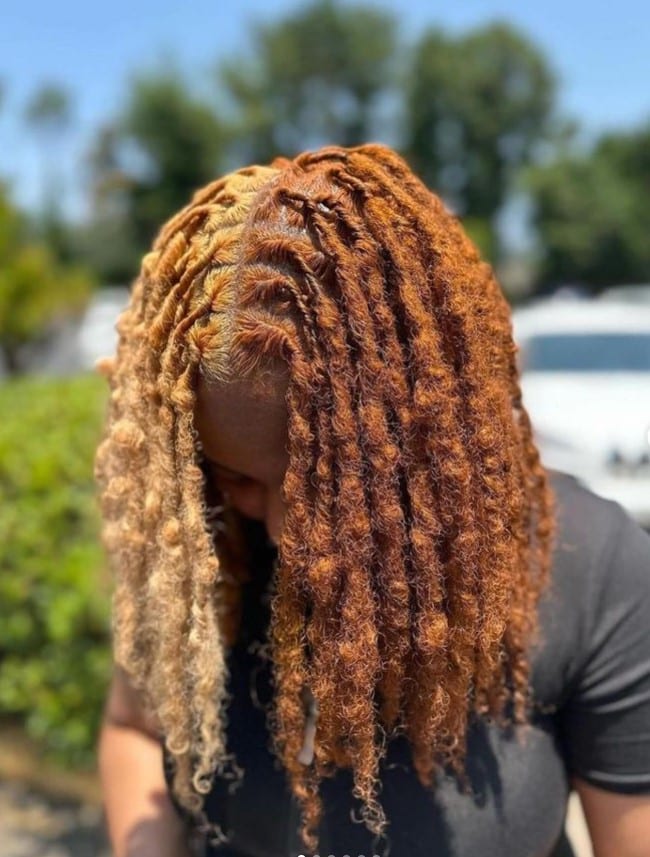
How to Maintain Locs
- Regular washing: Depending on your lifestyle and hair type, wash your dreadlocks at least every two weeks. Make sure you use residue-free shampoo to prevent build-up.
- Root maintenance: Regularly twist or palm-roll your roots to encourage uniform dreadlock growth. Always separate the new growth to prevent the dreadlocks from merging. Visit a loctician for regular maintenance, especially if you’re new to dreadlocks.
- Mosturizing: Avoid heavy or greasy products that can leave residue or cause build-up. Instead, moisturize using natural oils such as jojoba, olive, and coconut oil.
- Nighttime routine: Before you retire to bed, always wear a satin or silk scalp to prevent freeze.
Conclusion
Dreadlocks are not just your typical hairstyle. They hold a rich history and have a cultural symbol for wearers. Whether you’re just starting your dreadlocks journey or want to embrace your natural locks, there is a style that can suit your lifestyle and preferences. I have covered some of the various styles you can use to embrace your dreadlocks journey and play around with the versatility of dreadlocks.
Reference
Aïnouche, L. (2018). Dreadlocks Story Documenting a “Story behind History”. Brolly, 1(2).
